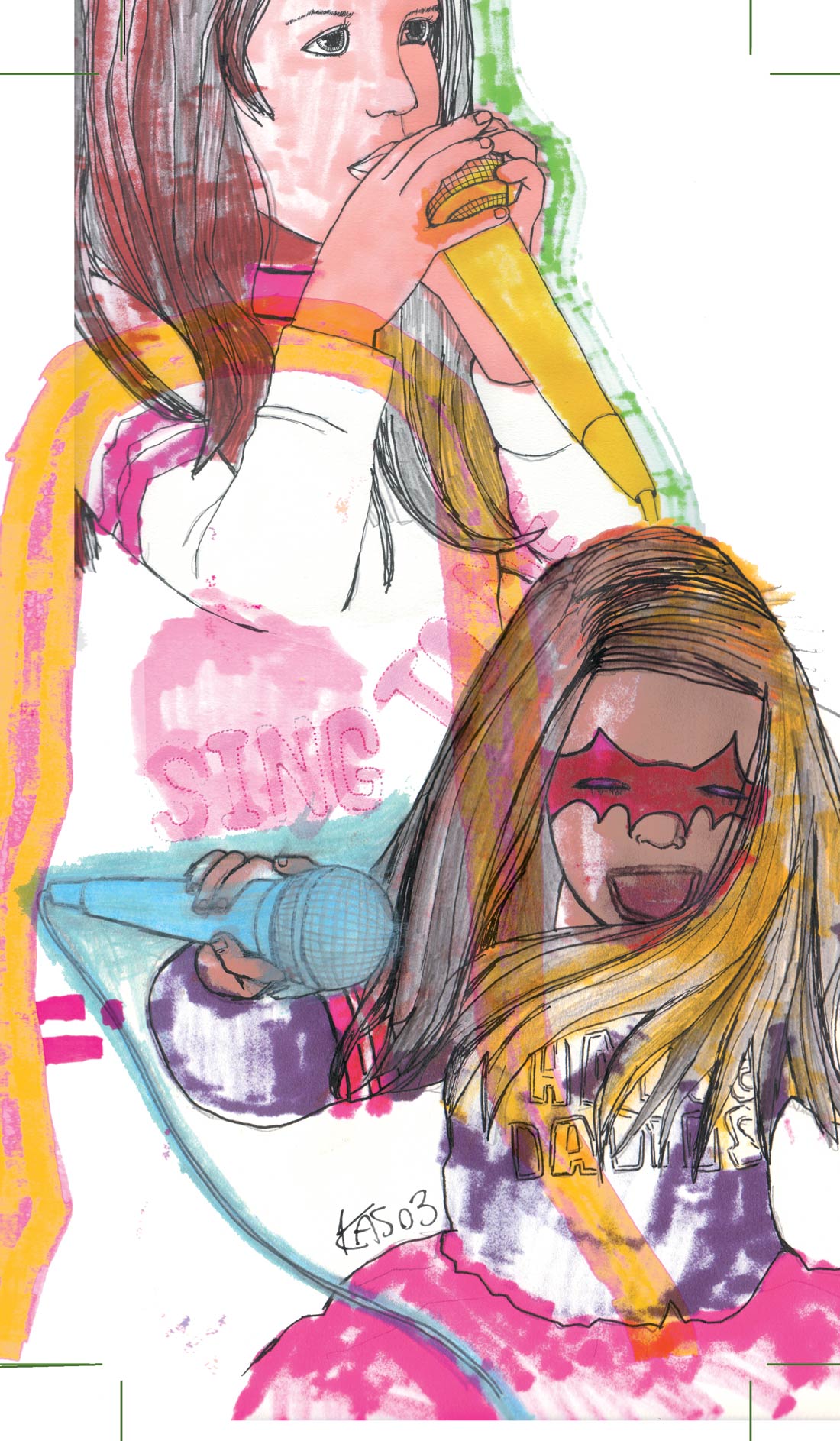When I was a kid my mom worked with ceramics. She had a business, out of our home, where she made incense holders, "pencil pots" and other small, hand-made items that sold pretty well in the late '60s and early '70s. We grew up in Oakland, California, where there was plenty of access to clay, glaze materials and used kilns to buy. When we moved out into the Sierra Nevada foothills in 1970 suddenly it was a lot more difficult to find supplies for making pottery. I remember dad bringing truckloads of clay up from the Bay Area to keep us stocked. But occasionally we would make trips into the local town to pick up materials. I remember being astounded at what I saw in these "Pottery Shops" — row after row of corny slip-poured white ceramic figurines and vases lined the shelves. Then there were small bottles of pre-made glazes in racks, and cheap paintbrushes to apply them with. People would buy the pre-made ceramic item, buy some paint, put paint on the damn thing, and then (if they didn't own a kiln, which was likely since they're not cheap) they would return the item to the shop for firing. Having grown up playing with clay, making my own funny creatures, and watching my mom combine ash and chemicals to make unique glaze formulas, I couldn't believe that this was the same art that we knew and loved. It seemed as lame as the paint by numbers kits relatives would give you on your birthday or Christmas.
Once in the mid-'80s I went to buy a bass from a guy that had run an ad selling used gear. I showed up at his apartment to purchase the $50 Hofner copy (it sounded great too, what a deal — then someone puked on it and fell on top, busting it to bits) and he asked me if I was interested in any of the other stuff he had for sale. Before I could scramble the hell out of there he was sitting down with his trusty Ovation guitar, next to this cube thing on a short stand with a multiple switch foot pedal in front of him. As the cheesy analog drum machine plodded along he played a pleasant guitar arpeggio. After a few rounds the synth strings came in. I was horrified — it sounded so fake and smarmy. He told me he used it to play solo at weddings. Not at mine, I thought.
The difference in home recording from it's genesis (Les Paul and his acetates in the '40s, Teac 4-tracks in the early '70s) to now ("unlimited" tracks in a laptop, digital mic and amp simulators, pitch correction, outboard plug-ins, etc.) has perhaps led down a dangerous path. I was thumbing through a catalog full of audio-related gear that's now available to consumers. It struck me how much of the equipment available is similar to the "paint by numbers" stuff I saw in the pottery stores back then. How many people are in search of unique sounds? How many get unique sounds by accident? Who learns to mic a drum kit and check the phase while printing to one track? Who really learns the architecture of their synths to fully explore them?
I can't just blame the manufacturers, for why would a large company make a product if they didn't already see a huge market for it? They have to sell tens of thousands of any given product to make a profit. We have more powerful tools at many musicians' disposal than at any other time in history. There are more CDs released now than anyone can even keep track of. Yet so much music falls miles short of what it could be. Stock sounds from drum loops, synths and amp simulators clutter up many CDs. "Artists" are happy to get a new piece of software or gear and just run with the patches and sounds that are right at the surface. Even digital multitrack recording has many features that people never take advantage of. And yet everything all sounds the same.
Don't paint by numbers. Look for ways to make sounds more interesting. Take the wrong route to get a sound. Explore accidents. Plug things into each other that shouldn't be. Learn the classic skills of real recording. Treat instruments for new sounds. Read the manuals. If a song is really great it might not need all those loops and fake strings. If you're using electronic instruments throw an acoustic one in, and vice-versa. Be creative.
I just don't want to see anyone painting their ceramic lawn gnomes the same stupid colors anymore.



